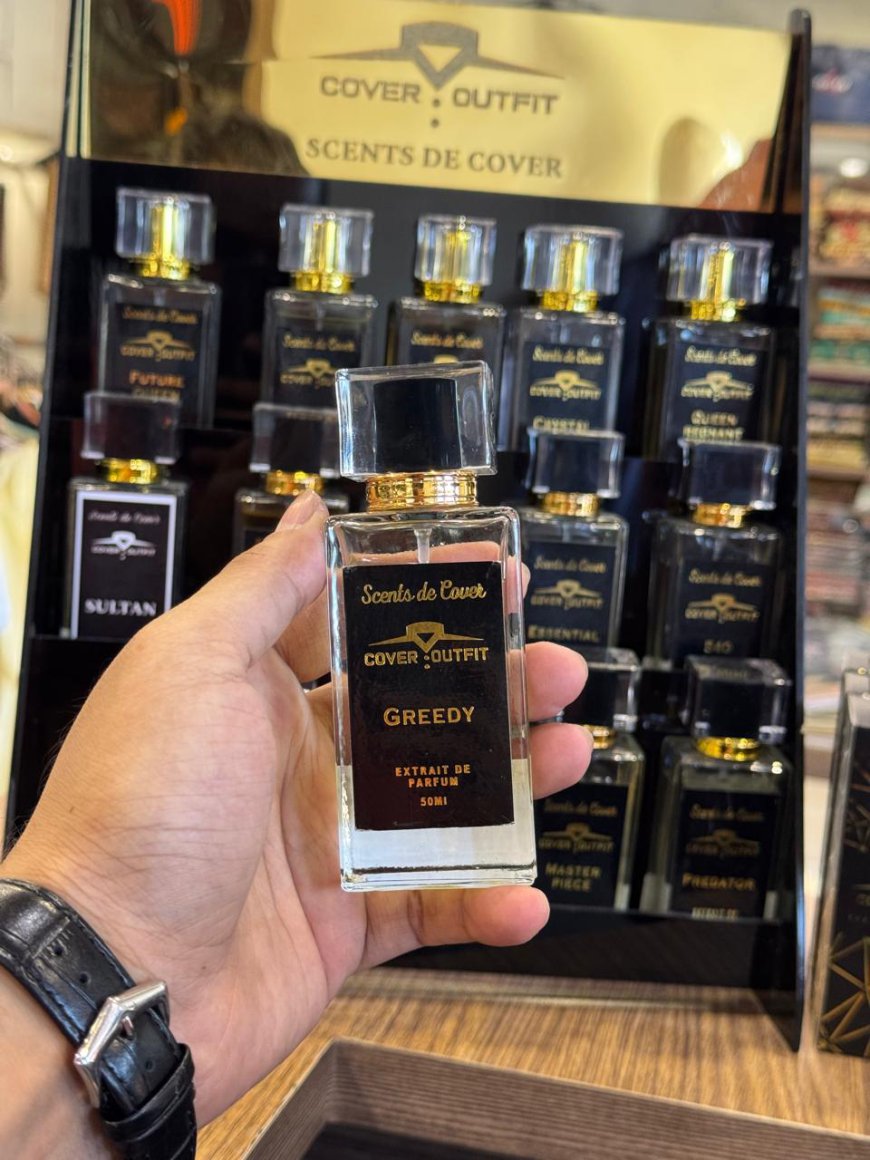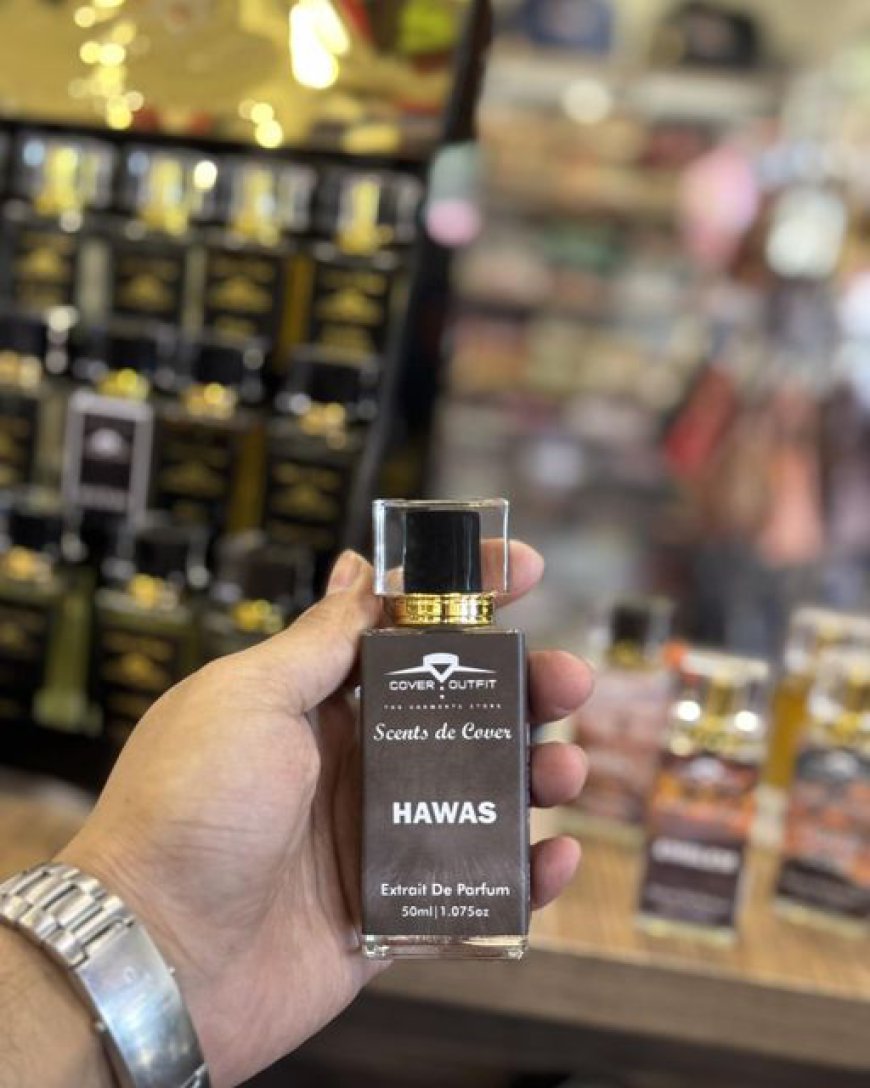The Appeal and Quintessence of Rose Perfume
Wild rose removes are frequently mixed with other normal fixings to make natural, natural perfumes.
The Appeal and Quintessence of Rose Perfume
Rose perfumes have enraptured individuals for a really long time with their heartfelt, immortal scent and inebriating fragrance. Related to adoration, class, and extravagance, rose-based scents offer a particularly flexible profile, adjusting between new botanical notes and profound, exotic suggestions. This exemplary fragrance holds a huge spot in the realm of perfumery, loved for its wonderful smell as well as for its broad history, remedial properties, and a wide assortment of syntheses. This article dives into the set of experiences, creation process, aroma profiles, advantages, and sorts of rose perfumes, alongside tips on choosing and wearing rose fragrances.
1. A Concise History of Rose Perfume
The historical backdrop of rose perfume goes back millennia. Antiquated civilizations like the Egyptians, Greeks, and Romans loved roses for their magnificence and aroma, involving them in strict customs, restorative practices, and tasteful purposes. The Egyptians, specifically, are known to have developed roses and involved rose oils in perfume production. Cleopatra, the popular Egyptian sovereign, was known for her affection for roses and apparently filled her quarters with rose petals to have a charming effect on her guests.
In Persia, the craft of refining rose water culminated, which established the groundwork for rose perfume. This interaction spread through shipping lanes to different regions of the planet, including India, Arabia, and in the long run Europe. During the Renaissance, rose perfume became well-known among European eminence, representing refinement and abundance. From that point forward, rose has stayed perhaps of the most cherished and sought-after flower note in the scent business.
2. The Craft of Rose Perfume Creation
Making rose perfume is a fastidious and work-appropriate process, as rose petals are sensitive and should be maneuvered carefully to protect their substance. There are various strategies for separating the fragrance from roses, each yielding a marginally unique sort of pith. Here are the essential strategies used to make rose aroma:
a. Steam Refining
Steam refining is one of the most seasoned techniques for separating rose rejuvenating oil. In this cycle, steam is gone through the rose petals, making them discharge their fragrant mixtures. The fume is then cooled and dense, isolating the oil from the water. This delivers an unadulterated rose rejuvenating balm, frequently alluded to as rose otto. Rose Otto is known for its rich, natural botanical fragrance and is profoundly valued for its power.
b. Dissolvable Extraction
Dissolvable extraction is a strategy normally utilized for making rose outright, a concentrated type of rose oil. In this cycle, rose petals are blended in with a dissolvable that breaks down the sweet-smelling compounds. The arrangement is then sifted and refined to eliminate the dissolvable, abandoning a thick, fragrant oil. Rose outright will in general be more profound and more hearty than rose otto, with a fragrance profile that consolidates botanical notes with a somewhat green, hot feeling.
c. CO2 Extraction
A more present-day technique, CO2 extraction utilizes compressed carbon dioxide to separate rose oil from the petals. This strategy protects a more extensive scope of sweet-smelling compounds, bringing about a rose oil that intently looks like the fragrance of new roses. CO2-separated rose oil is valued for its normal, consistent blossom fragrance, and is much of the time utilized in great perfumes.
d. Enfleurage
Enfleurage is an old and uncommon method where rose petals are laid on a layer of fat, which ingests the scent over the long run. The petals are supplanted with new ones until the fat becomes soaked with the rose aroma. The fat is then washed with liquor to separate the aroma. This strategy is more uncommon today yet is in some cases utilized for high-quality perfumes because of its capacity to catch the unobtrusive, sensitive subtleties of the rose aroma.
ATTENTION:rose perfume’s rich, luxurious aroma has a timeless appeal that complements any outfit and occasion, allowing the wearer to feel composed and self-assured.
3. Sorts of Roses Utilized in Perfume
A few sorts of roses are utilized in perfumery, each with its own unmistakable fragrance profile. Coming up next are probably the most generally involved roses in the aroma business:
a. Damask Rose (Rosa damascena)
The Damask rose is quite possibly one of the most valued roses in perfumery and is frequently obtained from Bulgaria and Turkey, where it is developed for its outstanding scent. The fragrance of Damask rose is rich, warm, and somewhat hot, with a profound botanical quality. This rose is in many cases utilized in top-of-the-line perfumes and is known for its life span and profundity.
b. Centifolia Rose (Rosa centifolia)
Otherwise called the "Cabbage Rose" or "Provence Rose," Centifolia is principally filled in Grasse, France, the perfume capital of the world. This rose has a honey-like, pleasant fragrance with a touch of green and peppery suggestions. The aroma of Centifolia rose is frequently portrayed as delicate, fine, and marginally fruity, making it ideal for light, heartfelt perfumes.
c. Tea Rose (Rosa odorata)
Tea roses are known for their fragile, new fragrance with a sprinkle of tea-like notes. The scent of tea rose is unpretentious, delicate, and vaporous, frequently utilized in perfumes that hold back nothing, current flower arrangement. This rose assortment carries a reviving and refined component to perfumes.
d. Wild Rose (Rosa rugosa)
Wild roses, or Rosa rugosa, are in many cases utilized in regular perfumes for their new, normal smell. The fragrance of wild rose is marginally fruity, clean, and sensitive, catching the quintessence of roses in a more crude and raw manner. Wild rose removes are frequently mixed with other normal fixings to make natural, natural perfumes.

 Tagxa1122
Tagxa1122 
